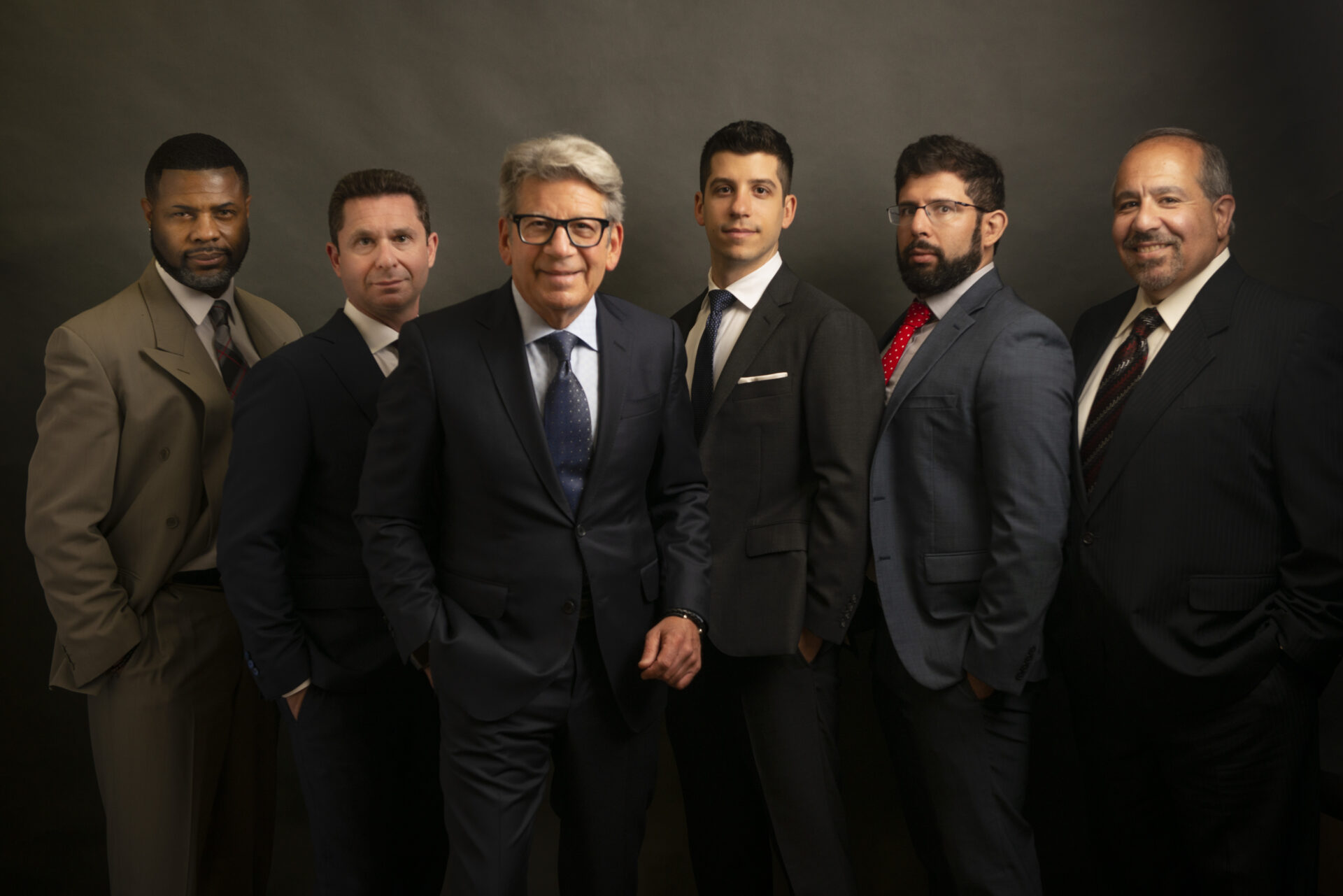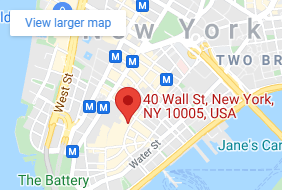
A helmet is mandatory while riding a motorcycle as an operator or passenger in New York. Since motorcyclists have no vehicle frames protecting them from the direct force of a collision, a helmet serves as a vital protection against the risk of deadly head injuries.
Syracuse University argues that helmet laws save lives, decrease the number of people suffering serious cognitive disabilities, and reduce the overall social cost of motorcycle accidents. Over 4,500 fatalities occur in such collisions annually, approximately 37% of which are due to head injuries. However, between 1999 and 2019, there was a 33% lower head-related fatality rate in the states with helmet laws than in states without.
New York Motorcycle Helmet Law
According to New York Vehicle & Traffic Code 381(6), anyone operating or riding a motorcycle must wear a protective helmet. The helmet must meet federal motor vehicle safety standard requirements.
City, town, and village police authorities can issue permits exempting specific individuals from the helmet requirement. Those individuals include members of organizations sponsoring or conducting parades or public exhibitions while participating in the parades or public exhibitions.
Federal Standards for Helmet Use
Federal law sets standards that helmets must meet in order to be approved by the Department of Transportation. The technical requirements include the following:
- Helmets must have a protective surface of continuous contour at all areas on or above the test line, which runs from the lower edge of the eye socket, across the center of the ear, and around the back of the head.
- Helmets must provide peripheral vision clearance of 105 degrees or more to each side of the mid-sagittal plane when the helmet is on a test device in a position conforming to its positioning index.
- There must be permanent and legible labels easily read without removing padding or another permanent part with the manufacturer’s name, discrete size, month and year of manufacture, and instructions to the wearer.
- There must not be any rigid projections inside the helmet shell.
How Helmet Use Affects Injury Claims
If someone else is at fault for a motorcycle accident, you can file a claim with their liability insurance company. However, your compensation might be inadequate to cover your total losses.
Although failing to wear a helmet shouldn’t prevent you from recovering compensation, the insurer might be unwilling to settle for the maximum coverage. If you have a head or brain injury from the crash, they can argue you could have prevented it if you had worn your helmet. That can result in lower compensation than you might have received if you followed the law.
Comparative negligence can affect the financial award in a lawsuit. It allows a court to diminish the plaintiff’s recoverable losses by their percentage of fault. If the court determines you’re partially responsible for your injuries from the motorcycle accident, it can reduce your financial award based on the percentage of fault they assign. You might receive compensation, but it can be much lower than you need to cover your losses.
Instead of trying to pursue compensation yourself, turn to an experienced attorney for help. They know how to push back against these tactics and show that you are not to blame for your injuries.
Motorcycle Safety Tips You Should Follow
Riding a motorcycle is exhilarating. It also provides a convenient method of transportation through congested roadways and heavy traffic. However, it can be dangerous if operators and passengers don’t take the necessary precautions.
You should consider these safety tips before and during your motorcycle trips:
- Take a safety course – Take a safety course to learn about the rules of the road and how to handle dangerous situations, such as adverse weather.
- Check the weather – You should always check the forecast before riding your motorcycle, especially if you’re about to go on a long trip. Snow, rain, and ice are hazardous to motorcyclists. Bad weather can create visibility and traction issues that cause riders to lose control and crash.
- Wear protective gear – Wearing the proper clothing can minimize the risk of severe injury. You should always wear a helmet approved by the Department of Transportation. Protective gear can also reduce the risk of road rash.
- Inspect and maintain your bike – You should inspect your motorcycle regularly. Routine maintenance keeps everything in good working condition. Check lights, brakes, steering, and other parts to confirm nothing needs repairs. And remember to register your bike every April 30.
- Obey traffic laws – If you’re riding a motorcycle, the same traffic laws apply as if you are in a car or truck. You must use your turn signals, follow the speed limit, and yield to others when necessary.
- Improve your visibility – You should never assume other drivers can see you. Motorcycles are much smaller than cars. Some drivers overlook motorcyclists or don’t understand the laws they must follow around them. That means you must do what you can to stay visible. Wear bright or reflective clothing, especially at night or in poorly lit areas. Use your headlights even during the day so drivers see you approaching them from all angles.
- Focus on your surroundings – Stay alert and pay attention to your surroundings. You should actively look for potholes and other road hazards so you can navigate safely around them. Watch for careless drivers and keep your distance. Defensive driving allows you to react when necessary to avoid an accident.
- Don’t tailgate – You should never tailgate other vehicles. If someone is driving too slowly, pass them if it’s safe and legal to do so. Following a car too closely prevents you from braking in time to avoid striking it if it brakes suddenly.
- Slow down – Speeding is dangerous no matter what type of vehicle you operate. On motorcycles, speeding can have fatal consequences. Maintain a safe speed while on your motorcycle and slow down if you encounter dangerous roads or weather.
- Keep a first aid kit – You should keep a first aid kit with you when you ride your motorcycle. It doesn’t have to be large and bulky. You can pack the essentials, such as bandages, disinfecting wipes, and gauze to treat minor scrapes and burns. You can also bring a flare gun and other emergency equipment if you get into an accident or become stranded in a rural area.
Hurt in a Motorcycle Accident? Contact Us Now
You should not have to suffer because of someone else’s misconduct. After a motorcycle accident, turn to the dedicated legal team from Finz & Finz, P.C. We can protect your rights and fight for the compensation you deserve.
If you sustained injuries in a motorcycle crash due to someone else’s negligence, call us at 855-TOP-FIRM for your free consultation today.





























